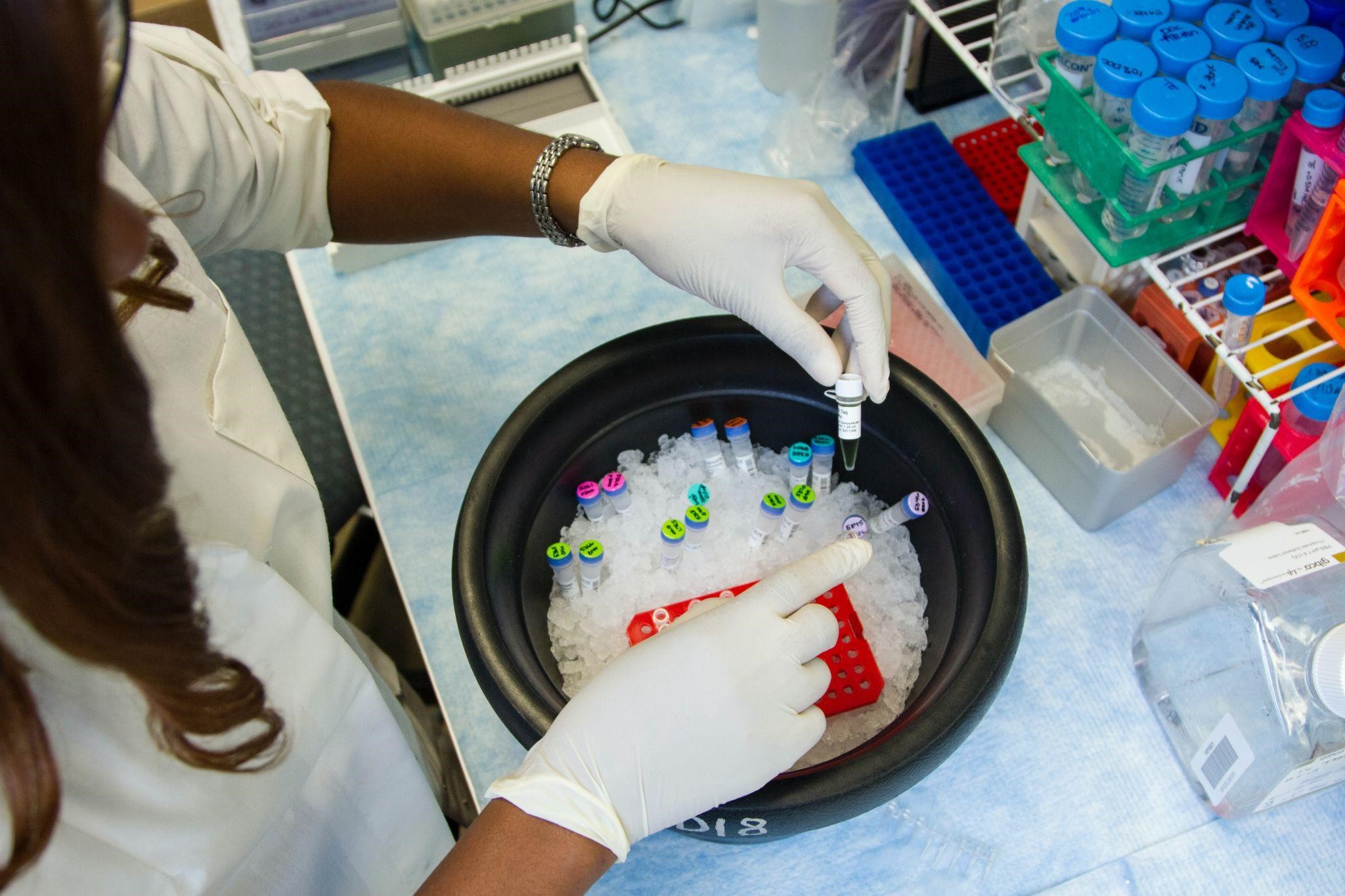Many industries such as hospitals, pharmacies, restaurants, and more rely on temperature monitoring systems to ensure products maintain their quality by remaining in a safe temperature range. If certain products such as vaccines or food fall outside of those safe ranges, they may have to be discarded. Finding the right temperature monitoring system can help you save time and money for your organization. However, choosing a system can feel overwhelming at first since there are so many options out there. Knowing the key features to look for when buying a temperature monitoring system is an important first step. We have compiled a list of the best features a reliable system should include.
Automated Data Logging
Never worry about double-checking data for compliance ever again! Full compliance automation is a key feature that every temperature monitoring system should have these days. When your temperature monitor is able to record all the important data for you, it gives you a more comprehensive view of the environment. You also get more time to focus on other tasks rather than worrying about something going wrong or not being imputed correctly.
Remote monitoring
Having the ability to check your temperature system from anywhere and at any time with remote monitoring gives you more flexibility and peace of mind. If any problems arise, this option makes it easy to fix the issues before anything gets out of hand. It also allows you to stay on top of alerts as soon as they come in so you are always aware of what is happening.
Accuracy
Following laboratory temperature monitoring guidelines for accuracy and compliance is one of the most important parts of any temperature system. If your temperature monitor is not providing accurate readings, it defeats the whole purpose of having one. Usually, scientists are able to get fairly accurate temperature readings within 0.3 degrees Celsius. Having a temperature monitoring system that is just as, if not more, accurate is extremely beneficial. Purchasing a higher-cost system may not seem ideal, but these monitors usually provide greater accuracy than a lower-cost device.
Alarming
The ability to immediately send an alert when the system detects that something is off in the environment is another very important feature of a temperature monitoring system. Without timely alerts, the problem may go unnoticed and lead to larger issues down the road. Reliable alarming can also be a physical alarm that sounds when something is wrong. These features immediately make you aware of any problems so they can be resolved quickly.
Cloud-Based Storage
Cloud-based storage allows for worry-free data collection and the knowledge that important data will not be lost as a result of power failure or other external factors. With access to the cloud from any device, you can always be sure that everything is running smoothly and rarely have to worry about the system running out of storage space. Having cloud capabilities is also beneficial for certain locations such as remote facilities, equipment rooms, transportation, and more. The ability for multiple employees to collaborate and see any changes being made can help reduce errors and can provide more security all around.
Internet of Things Capability
Having a temperature monitoring system that is connected to the internet creates more convenience when it comes to updating software. Knowing that your device has the most up-to-date software means that it will run better and be more reliable. A temperature monitoring system that is able to connect to the Internet of Things also means that it can be used between multiple devices such as your phone or smartwatch. The ability to see any updates or issues immediately on those devices allows you to know the status of your system at every step.
Environmental Monitoring
While some monitors are only able to monitor temperature, many can now monitor other environmental factors such as CO2, differential pressure, humidity, and water leaks. These features allow for a better overall understanding of the environment. In certain industries, these factors can play just as big a role in the quality of the product as temperature. Having a system that can monitor everything ends up being more cost-effective than buying multiple systems.
Whether you’re looking for a temperature monitor for a lab or cannabis grow room, picking a system that has all these features will ensure that you get the most out of your investment.
